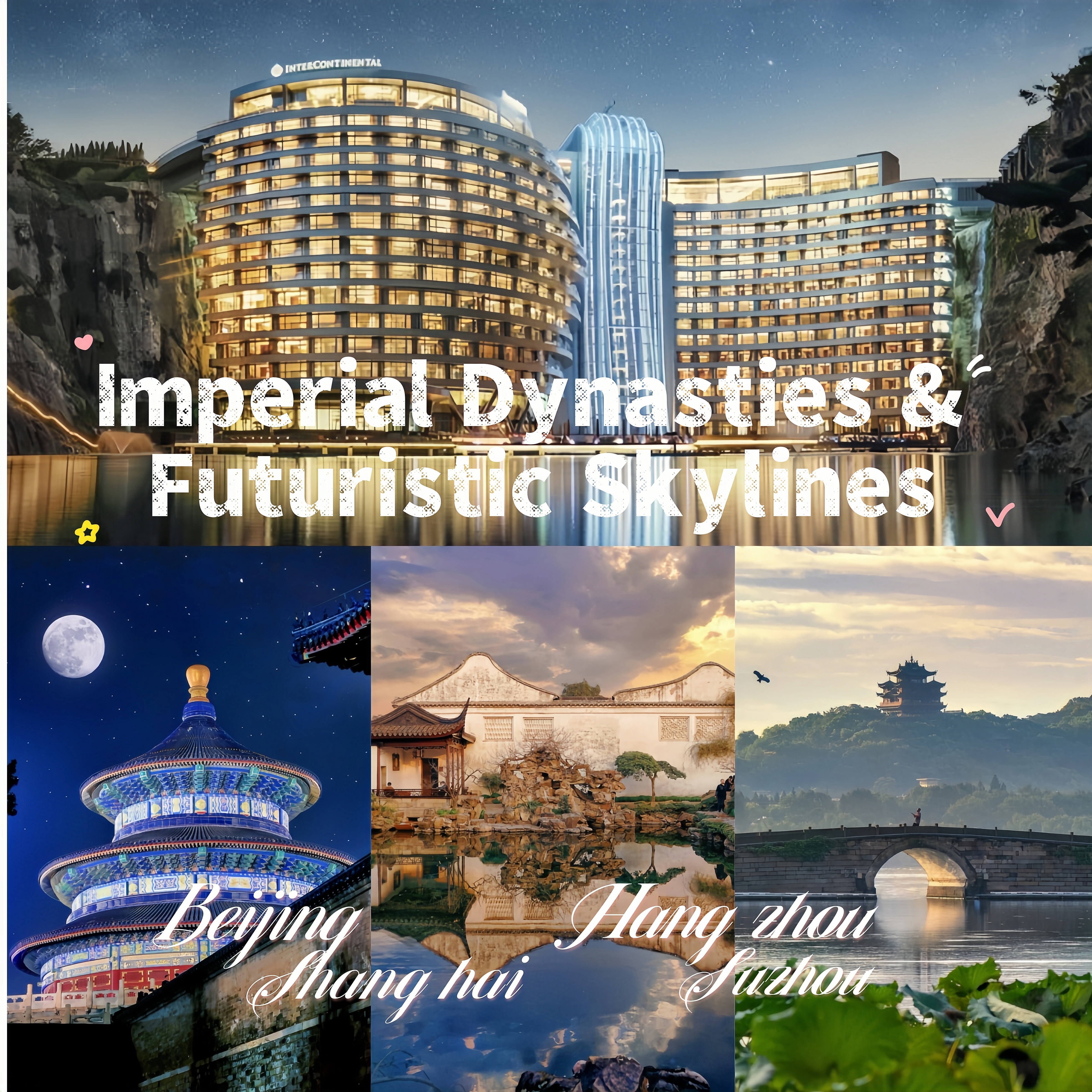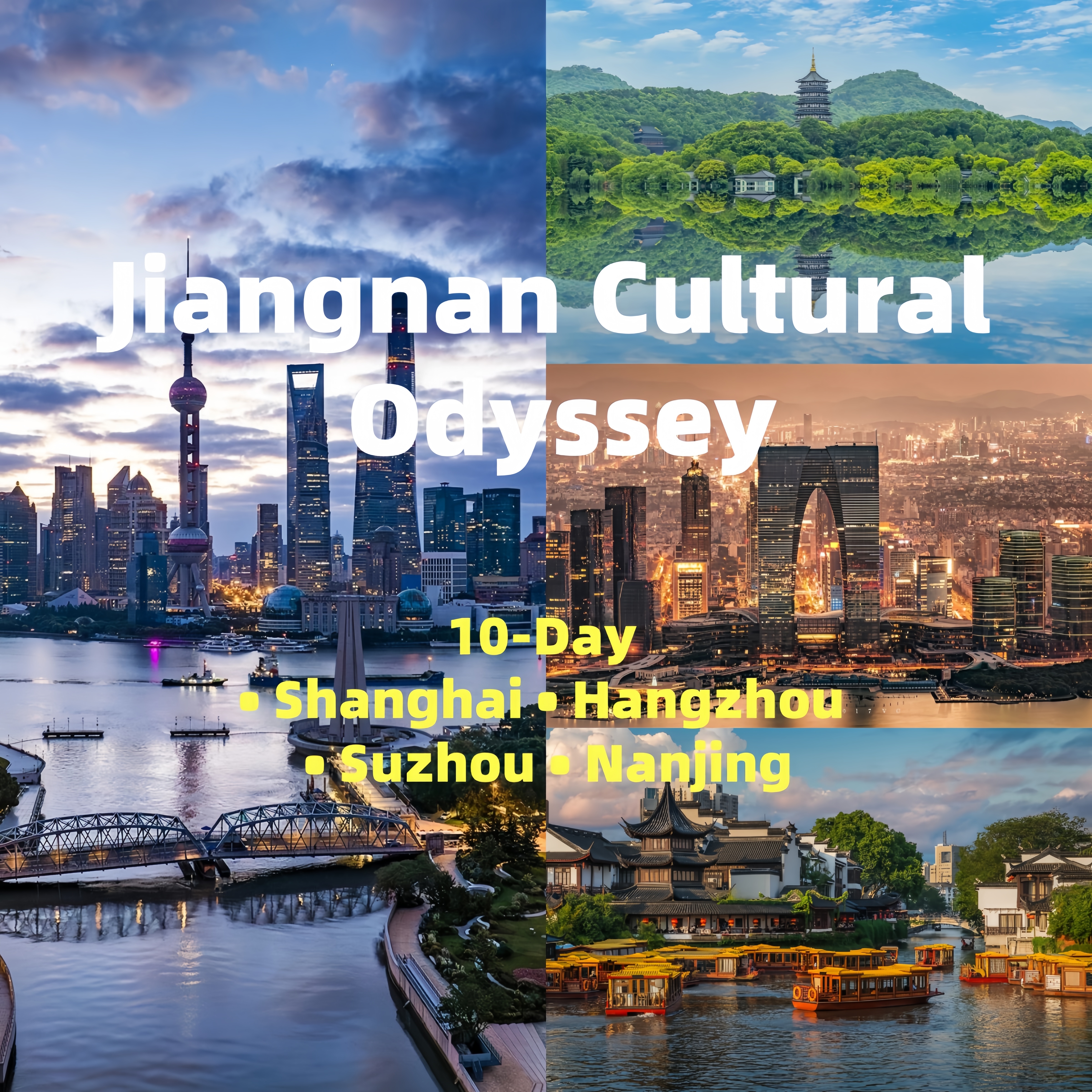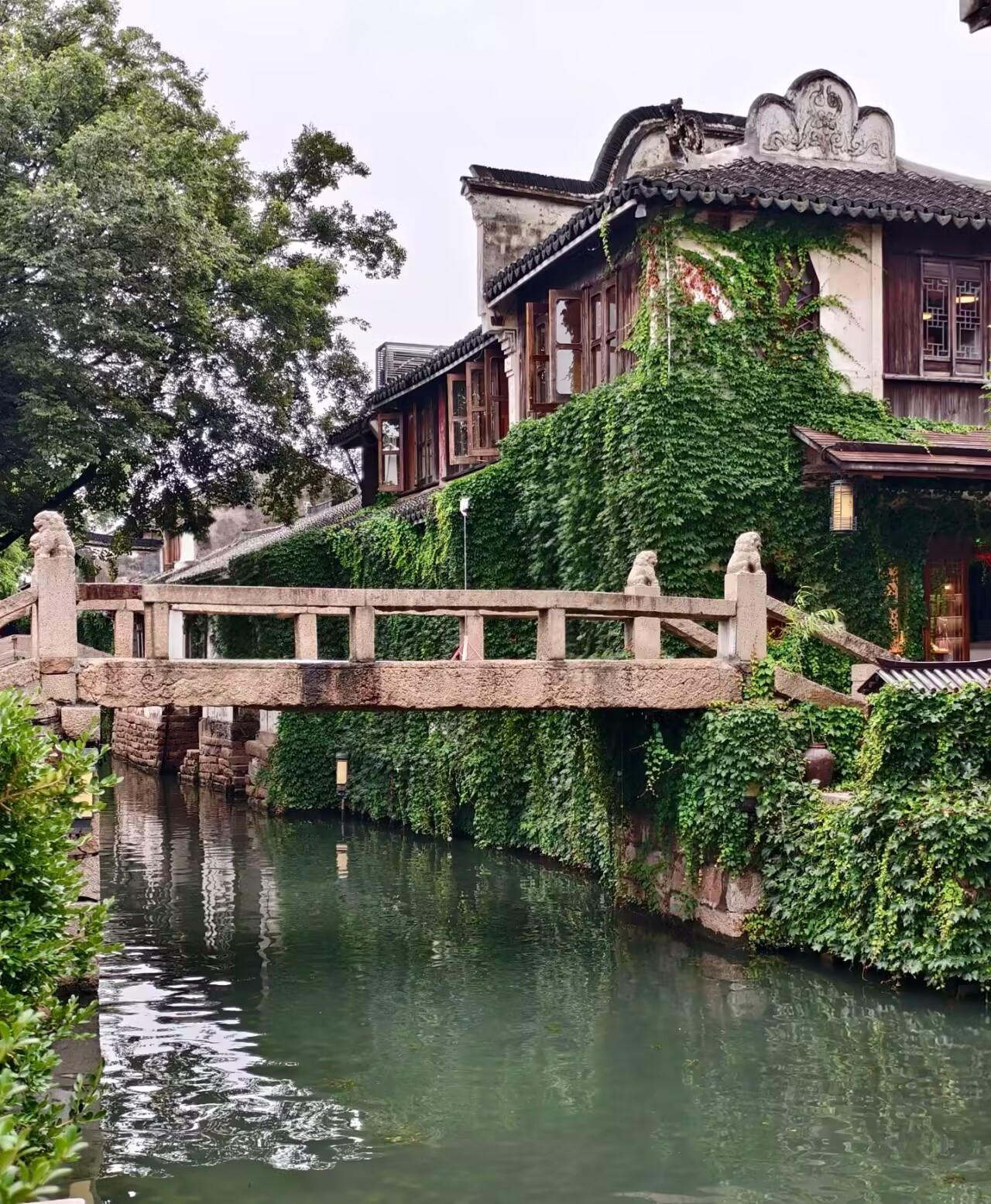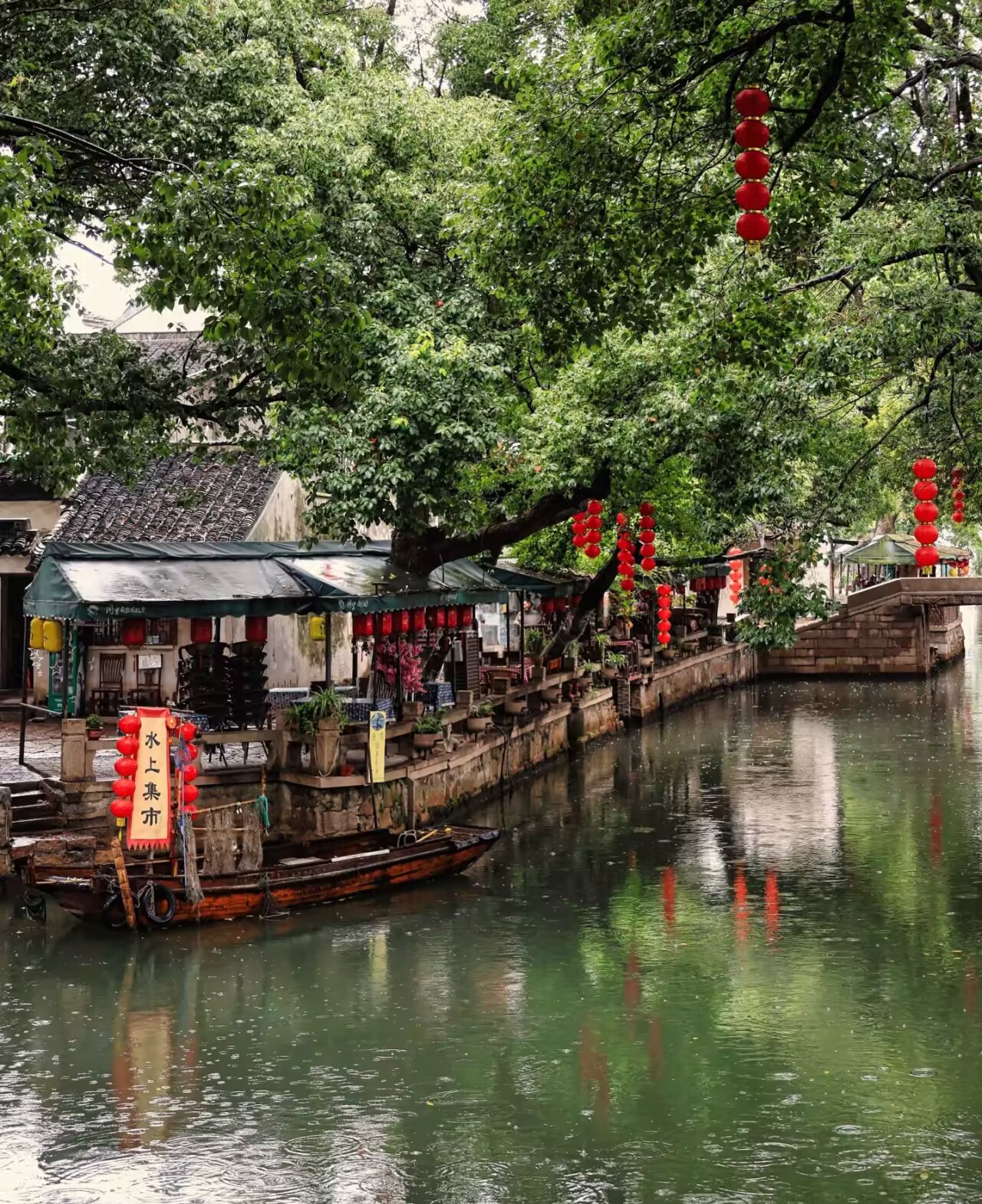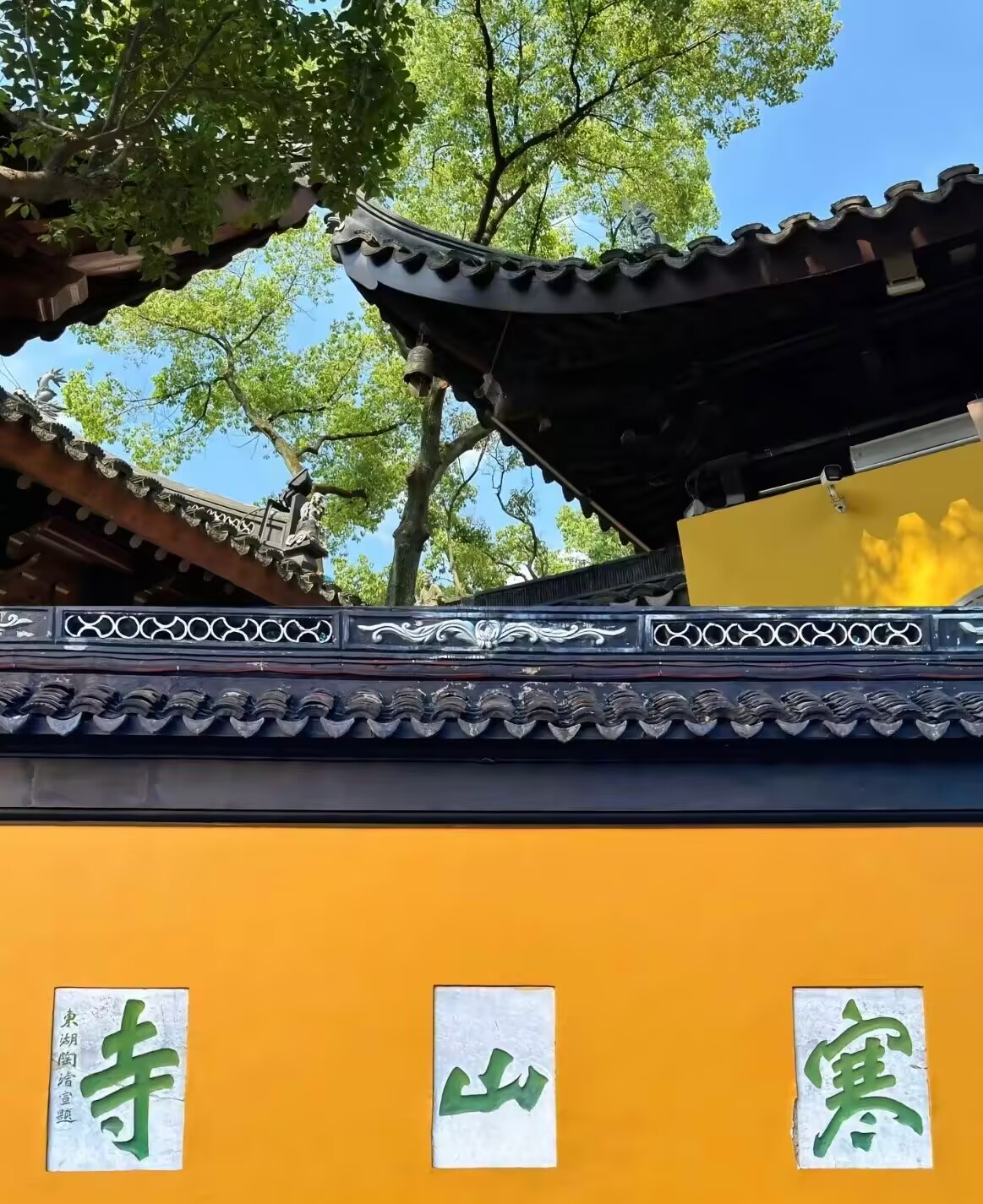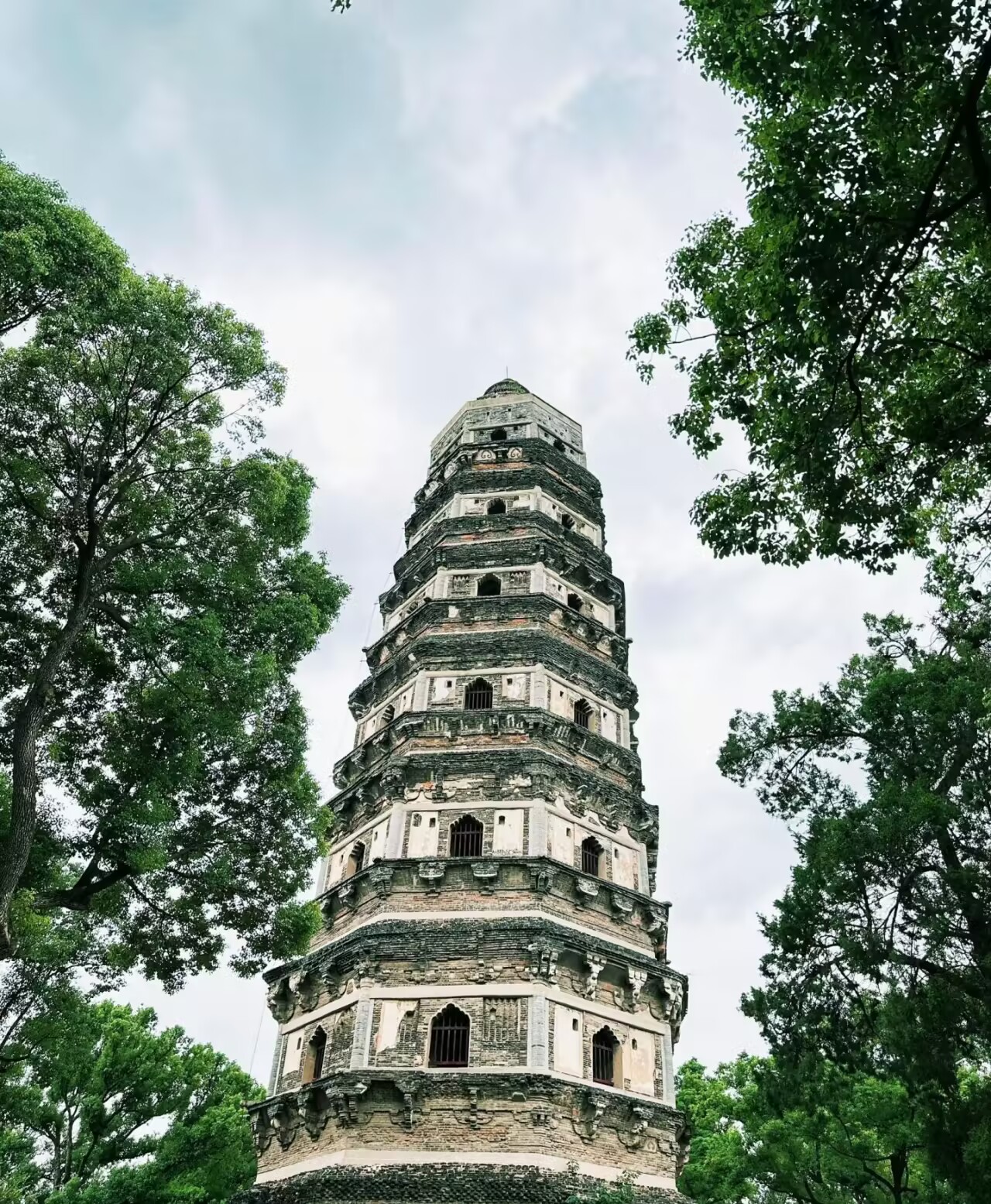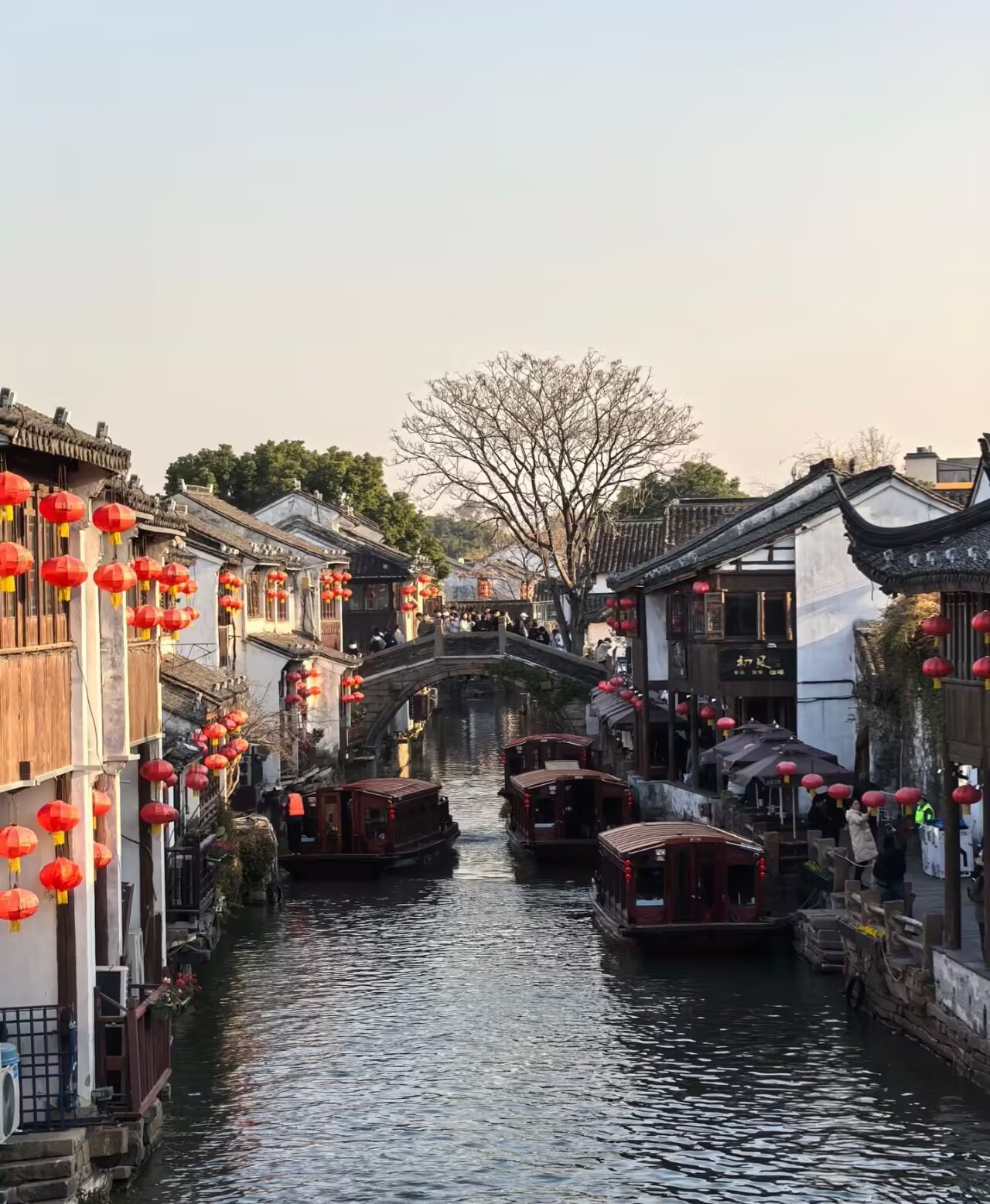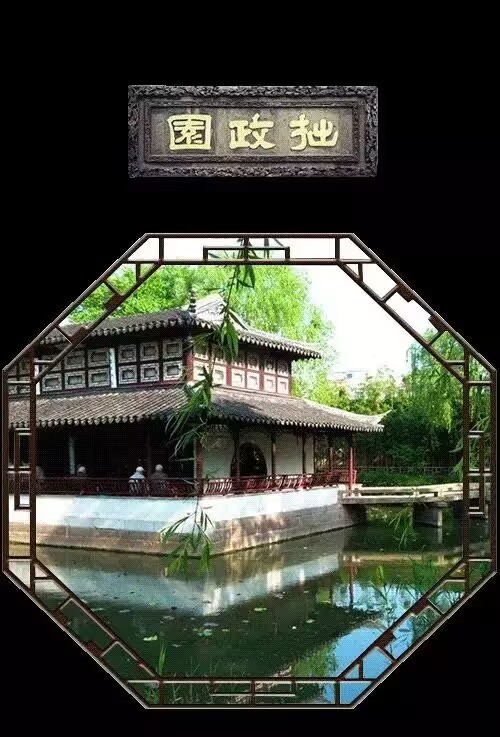

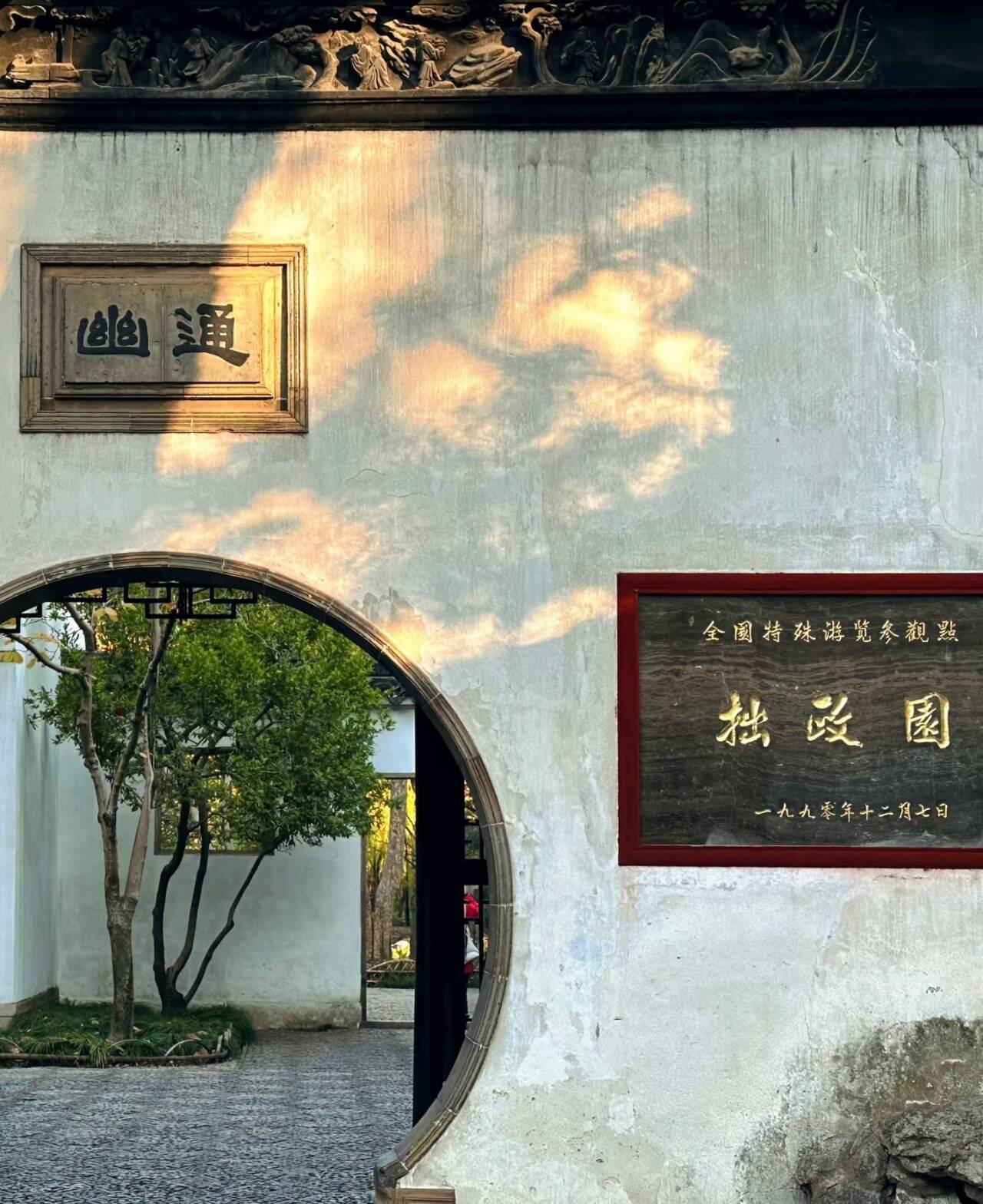
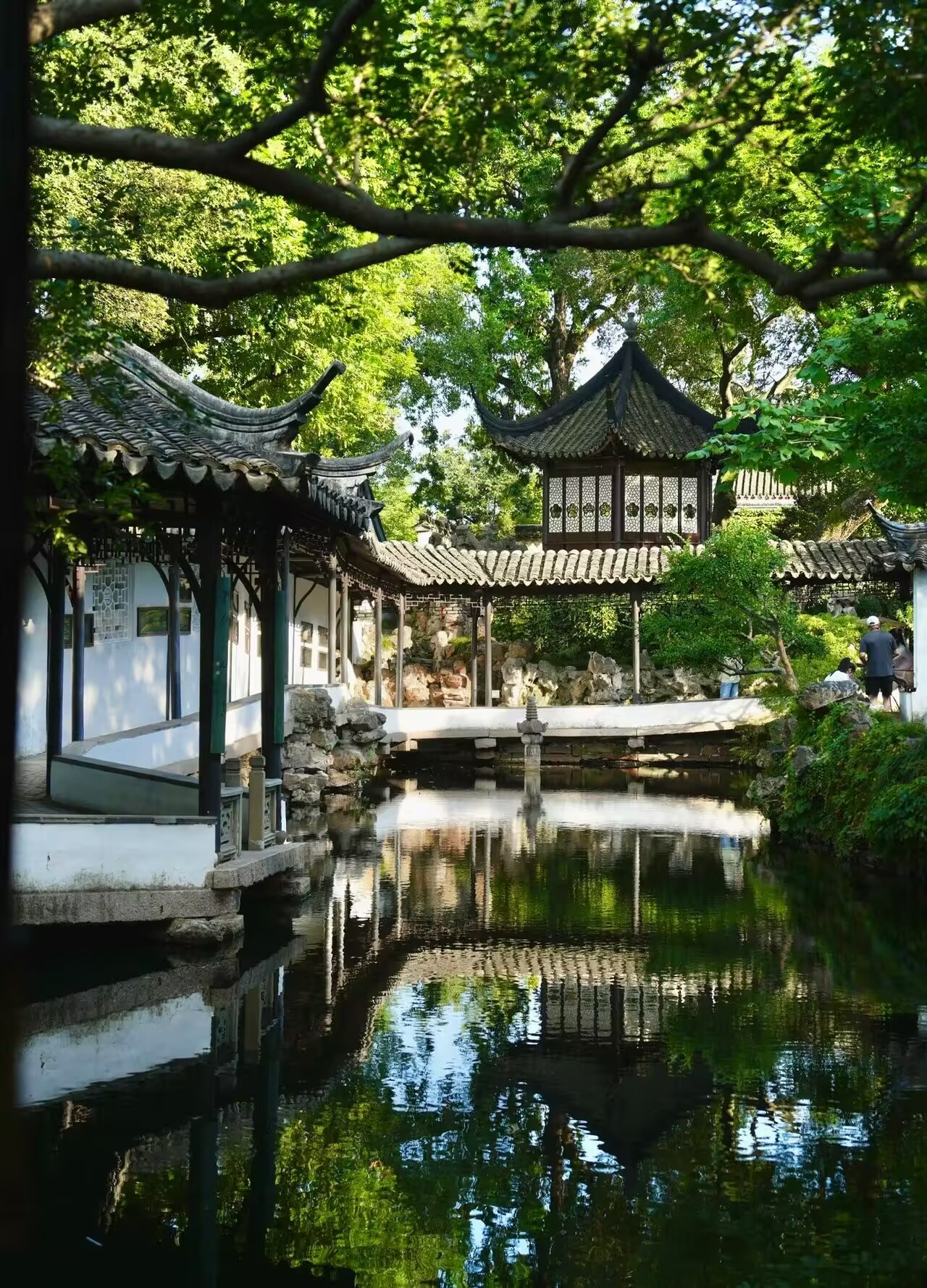



Humble Administrator's Garden
The Humble Administrator's Garden is a masterpiece of classical Chinese garden design and one of the "Four Great Gardens of China." Established in 1509 during the Ming Dynasty, it was originally built by Wang Xianchen, a retired official, and later expanded by scholars and artists, including the renowned painter Wen Zhengming. Spanning 52,000 square meters, the garden is divided into three sections: the Eastern Garden (rural idyll with ponds and pavilions), the Central Garden (the essence, featuring a vast lotus pond and iconic structures like the Yuanxiang Hall), and the Western Garden (intricate corridors and the Thirty-Six Mandarin Ducks Hall)
Information
Ticket price
Time
Location
178 Dongbei St, Gusu District, Suzhou, Jiangsu, China
View maps
More about the trip
Humble Administrator's Garden: A Masterpiece of Classical Chinese Garden Design
The Humble Administrator's Garden is a masterpiece of classical Chinese garden design and one of the "Four Great Gardens of China." Established in 1509 during the Ming Dynasty, it was originally built by Wang Xianchen, a retired official, and later expanded by scholars and artists, including the renowned painter Wen Zhengming. Spanning 52,000 square meters, the garden is divided into three sections: the Eastern Garden (rural idyll with ponds and pavilions), the Central Garden (the essence, featuring a vast lotus pond and iconic structures like the Yuanxiang Hall), and the Western Garden (intricate corridors and the Thirty-Six Mandarin Ducks Hall). It is a UNESCO World Heritage Site, renowned for its exquisite beauty and harmonious integration of nature and art.
What to See and Do
Explore the Three Sections: Wander through the Eastern, Central, and Western sections, each with its unique character and design. The Central Garden is considered the most beautiful and intricate.
Admire Classical Garden Elements: Appreciate the meticulous arrangement of traditional Chinese garden elements: water features (ponds, streams), rockeries (artificial mountains), pavilions, bridges, corridors, and carefully selected plants and trees.
Ponds and Pavilions: The garden is famous for its numerous ponds, particularly the vast lotus pond in the Central Garden, and the many pavilions that offer different viewpoints and poetic names.
Architectural Details: Pay attention to the intricate architectural details of the pavilions, including their carved windows, painted beams, and unique roof designs.
Seasonal Beauty: The garden transforms with the seasons, offering blooming flowers in spring, lush greenery and lotus blossoms in summer, colorful foliage in autumn, and a serene, quiet beauty in winter.
Photography: The garden's picturesque scenery and traditional settings offer endless opportunities for stunning photographs.
Best Time to Visit
Spring (March-May) and autumn (September-November) offer the most pleasant weather and beautiful plant displays. Summer is popular for lotus blossoms but can be hot and humid. Weekdays are generally less crowded than weekends and public holidays. Arrive early to avoid the largest crowds.
How to Get There
The Humble Administrator's Garden is located in Gusu District, Suzhou, adjacent to Suzhou Museum. Take Metro Line 4 to Beisi Pagoda Station (北寺塔站) and then walk for about 15-20 minutes, or take a short taxi ride. Several bus routes also stop near the garden.
Travel Tips
Wear comfortable shoes: You'll be doing a lot of walking on paved paths and bridges.
Allow ample time: Plan for at least 2-3 hours to explore the garden thoroughly.
Hire a guide or use an audio guide: To fully appreciate the poetic names and design philosophy of the garden, a guide can be very helpful.
Combine with Suzhou Museum: The garden is right next door to Suzhou Museum, making it easy to visit both attractions together.

